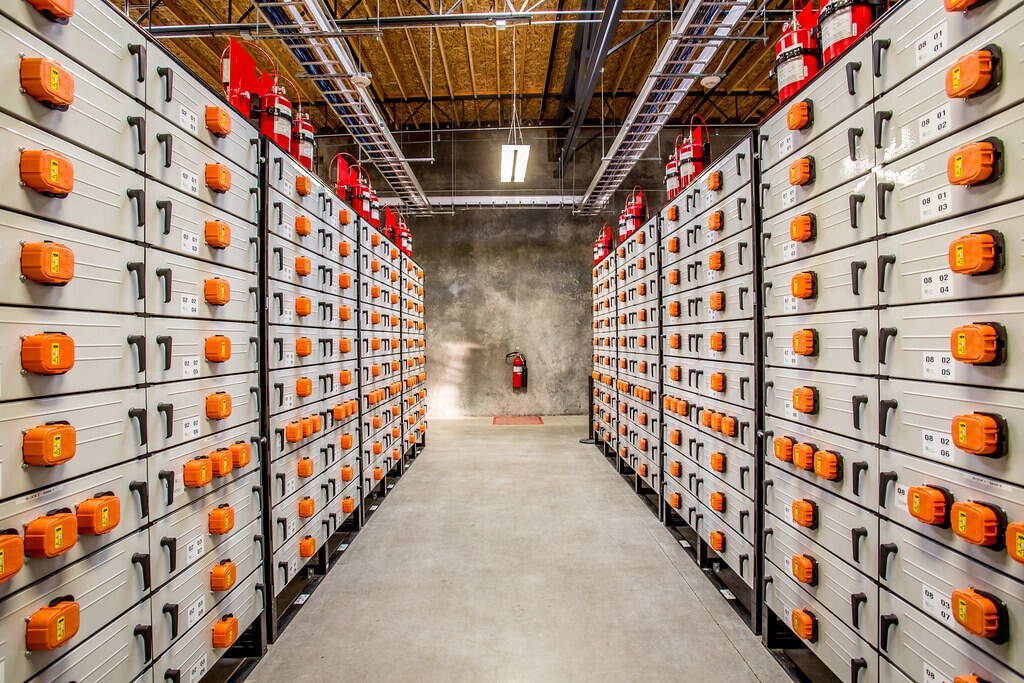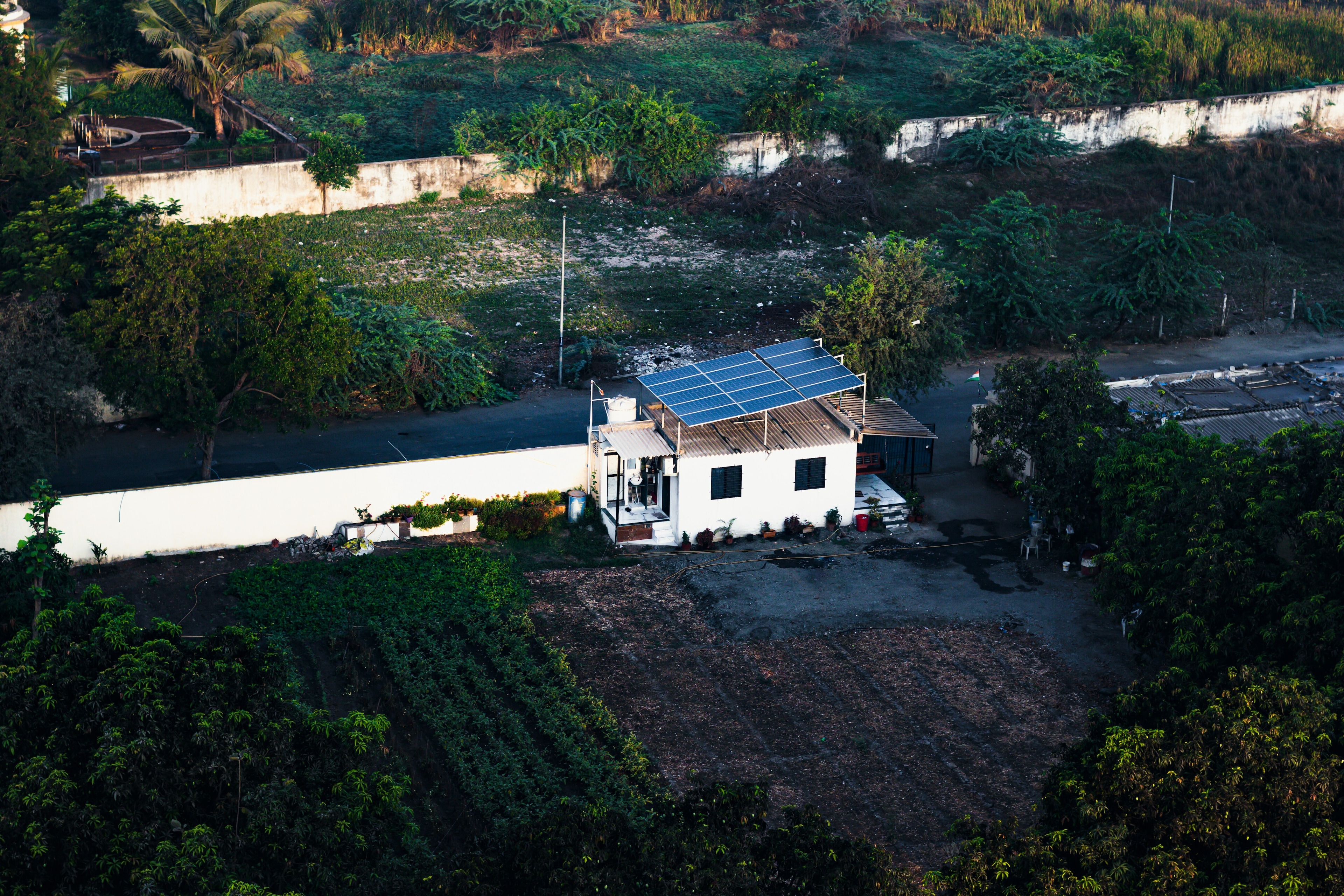79% of plants remaining on earth must be saved to meet UN climate goals, study says

Conserving 79% of the remaining vegetation on the planet is important to achieving climate and conservation goals set by the United Nations. Image: Pexels/Pixabay
Paige Bennett
Writer, EcoWatch
Get involved with our crowdsourced digital platform to deliver impact at scale
Stay up to date:
Nature and Biodiversity
- Plants play a vital role in the carbon cycle, and their loss would have a significant impact on the Earth's ability to regulate its temperature.
- Only 7% of terrestrial and 8% of marine areas are currently protected. But in order to meet climate and conservation goals, 79% of the remaining vegetation on the planet must be conserved.
- Global leaders need to take action to conserve biodiversity, and specifically plants, in order to meet climate goals and protect the planet for future generations.
Humanity’s efforts to conserve biodiversity are falling short and will continue to do so without focusing on retaining 79% of the remaining vegetation on the planet, according to a new study. Meeting this goal is important to achieving climate and conservation goals set by the United Nations.
The study, published in Conservation Biology, notes that while restoration is important for meeting global climate and biodiversity goals, maintaining existing plants is crucial for these targets.
The targets have been outlined by the United Nations in the Sustainable Development Goals, the Convention on Biological Diversity, the Framework Convention on Climate Change and the Convention to Combat Desertification.
The research team outlined the major goals set in current international resolutions, then used data and modeling on soil erosion rates, biodiversity areas and carbon storage to find the amount of land surface needed to meet the goals. The study focused on natural and semi-natural terrestrial vegetation in areas such as forests, grasslands, woodlands, savannahs and shrublands, but did not include marine areas.
What’s the World Economic Forum doing about climate change?
According to the study, humanity needs to conserve at least 67 million square kilometers (nearly 26 million square miles), or about 79% of remaining terrestrial vegetation, to meet goals for climate, water, soil and biodiversity set in these four resolutions.
These findings show that the 30 by 30 initiatives to conserve 30% of terrestrial and marine areas fall short of what the planet really needs. According to The Nature Conservancy, which was not involved in the study, about 17% of terrestrial and 8% of marine areas are currently protected.
“We cannot set our ceiling at looking after only 30 per cent of the planet — instead, we need to maintain natural ecosystems over much larger areas. This ‘30×30’ narrative — 30 percent of the protection of nature by 2030 — simply won’t be enough to ensure our survival,” April Reside, co-author of the study and lecturer at the University of Queensland, said in a statement. “We need to think more broadly, to halt and, where possible, reverse the depletion of natural ecosystems.”
Have you read?
How biodiversity conservation can unlock opportunities for Latin America and the Caribbean
Biobanking for biodiversity: How South Africa is storing its natural treasures
How to reimagine our cities as hubs for biodiversity conservation and climate resilience
Within our reach: How 'green demand' can help us achieve our climate goals
Martine Maron, co-author of the study and professor at the University of Queensland, noted several tactics that could help meet the 79% target identified in the study, including creating and enforcing stronger deforestation policies and encouraging more sustainable land uses. The study also highlighted that the stewardship of nature by Indigenous peoples and local communities is important when considering conservation initiatives.
But as Mongabay reported, much of humanity is already missing climate and biodiversity goals. It will take rapid actions to conserve nature to prevent the worst impacts of climate change and loss of biodiversity.
“Everyone needs to understand that we cannot afford to lose much more of what we have left,” Maron said in a statement. “Governments, conservation NGOs, business, and the public all need to get on board, and collectively we can rally to save what’s left while there’s still time.”
Don't miss any update on this topic
Create a free account and access your personalized content collection with our latest publications and analyses.
License and Republishing
World Economic Forum articles may be republished in accordance with the Creative Commons Attribution-NonCommercial-NoDerivatives 4.0 International Public License, and in accordance with our Terms of Use.
The views expressed in this article are those of the author alone and not the World Economic Forum.
Related topics:
The Agenda Weekly
A weekly update of the most important issues driving the global agenda
You can unsubscribe at any time using the link in our emails. For more details, review our privacy policy.
More on Climate ActionSee all
Prasad Thakur and Labanya Prakash Jena
May 10, 2024
Jennifer Rosen
May 10, 2024
Flora McCrone and Jemilah Mahmood
May 9, 2024
Angeli Mehta
May 8, 2024
Sha Song
May 8, 2024
Simon Torkington
May 8, 2024






